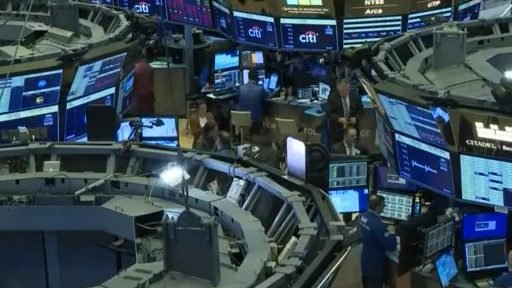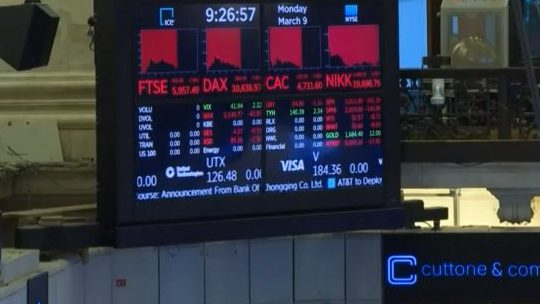The real economy of the United States has continued to be sluggish.
However, the U.S. stock market has recently hovered at historical highs. Regarding the abnormal phenomenon of “ice and fire” in the real economy and the stock market, many American analysts point out that the U.S. stock market and the real economy have been disconnected, and the U.S. stock market is actually in a “false boom”.
In the long run, from the perspective of investment and consumption, employment and trade in the United States, investment involves a large number of virtual economies. With the help of the virtual economy and financial economy, U.S. stock valuations are constantly pushed up.
In addition, the rising U.S. stocks also have a lot to do with the very large amount of money put in the United States and the fiscal policy of zero interest rates.
In addition, the stimulus measures launched by the U.S. government in response to the COVID-19 epidemic this year have further boosted the “single dance” of U.S. stocks. – a large part of the fiscal and monetary stimulus measures launched by the United States this year have flowed into financial markets, supporting asset prices, causing the market to fall into the Federal Reserve’s injection of huge liquidity. In the financial bubble caused.

However, at the same time, the stimulus funds injected by the United States into the country’s real economy are very small. While the U.S. economy is over-financialized, the real economy of the United States is becoming more and more “hollow”.
Recently released reports and many economic data show that the pace of the U.S. economic recovery continues to slow down, and the economic outlook of the United States is facing increasing uncertainty in the context of the accelerating deterioration of the epidemic.
The Wall Street Journal analyzed that the U.S. stock market has moved to an all-time high amid rising economic uncertainty, which is worrying.
This means that the disconnect between the U.S. stock market and the real economy may be solved through the stock market crash – and the result will be “buyed” by investors.
Many market analysts pointed out that the fiscal policies and incentives of the U.S. government’s “food eating grain” not only fail to fundamentally solve the fundamental problems of the U.S. economy, but may also trigger a systemic crisis.
Once the liquidity bubble bursts, the United States will become a source of risk for the global economy.



